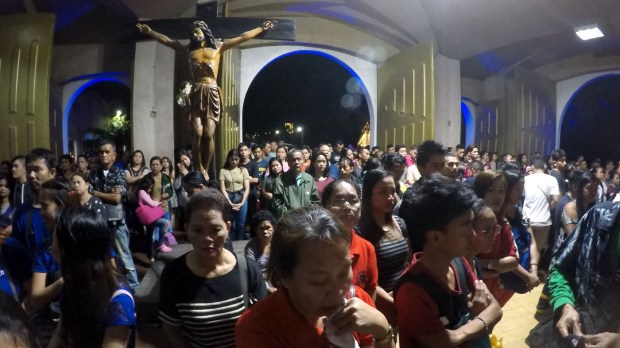The Philippines has the longest history of Christmas traditions in Asia, thanks to Spanish missionaries who came to the islands in the late sixteenth century.
Today, preparing for these traditions begin months before December comes. As soon as September hits, many homes fill Christmas trees and front gates with ribbons and lights. Throughout November, Christmas carols are heard in malls, while decorations appear along main avenues and public buildings.
Many use the manger scene as motif, a sign that faith and the rest of life are still comfortably interwoven in the Philippines.
Although Filipinos borrow some elements from secular America, such as images of snowmen and Santa Claus, our oldest Christmas rituals come from our Hispanic past.
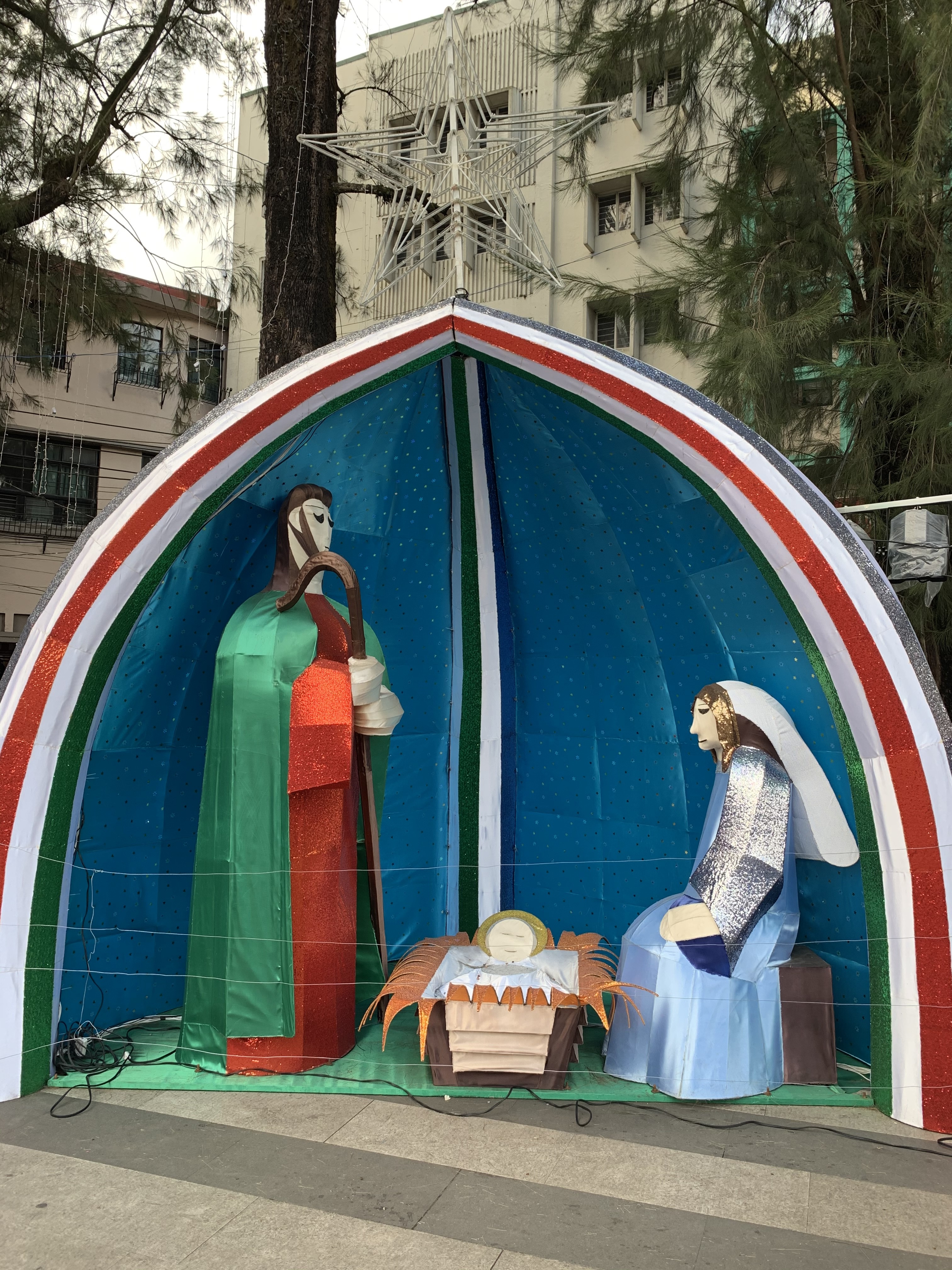
Here are five of these traditions:
1. Night Mass (Simbang Gabi)
This is a novena of dawn masses said for nine days before Christmas. Its local name “Simbang Gabi” is Tagalog for Night Mass, since these Eucharists are celebrated before sunrise.
Introduced by friars in the 17th century, it was originally known by its Spanish name, Misa de Gallo, which means Mass of the Rooster, suggesting the rooster’s morning crow would call the faithful to come to church as the sun rose.
Many Filipinos today attend this novena to pray for a specific intention. They believe the sacrifice of waking up before sunrise adds potency to their prayers. Others use this tradition to meditate on the events leading up to Christ’s birth, as a way to spiritually prepare for the Christmas feast.
After attending these dawn Masses it is customary to buy rice cakes (bibingka and puto bumbong) and hot chocolate sold outside churches, and have these for breakfast.
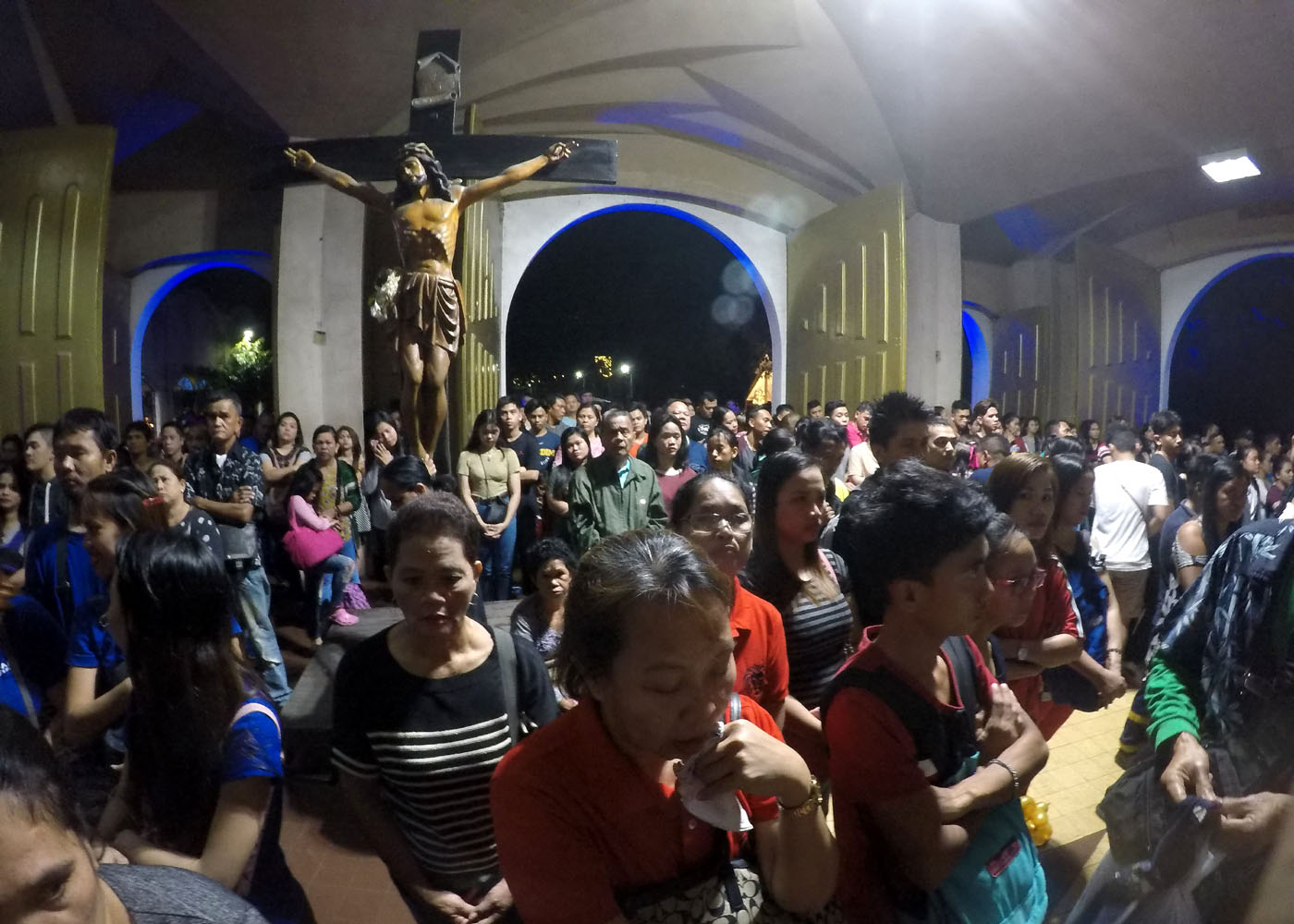
2. Parol, a traditional Christmas decoration
A traditional Christmas decoration found all over the Philippines are star lanterns reminiscent of the star of Bethlehem. The lantern is called a parol, a Tagalog stylized word borrowed from the Spanish farol, which also means lantern.
This tradition began in San Fernando, Pampanga, a town 75 km outside of Manila. They were originally used to light the way for those attending the Simbang Gabi. The first lantern maker was Francisco Estanislao who constructed the first parol in 1908, using bamboo, Japanese paper and candlelight.
Today lanterns are made using hardier materials, like plastic and shell, and use electric bulbs instead of candles.
The yearly construction of parols begins in June. The bigger more intricate lanterns can cost thousands of dollars to produce. The most impressive display of these lanterns still takes place every year in the town of San Fernando where the festive spirit of this lantern festival is so remarkably in evidence. A CNN writer called this lantern town “Asia’s Christmas Capital.”
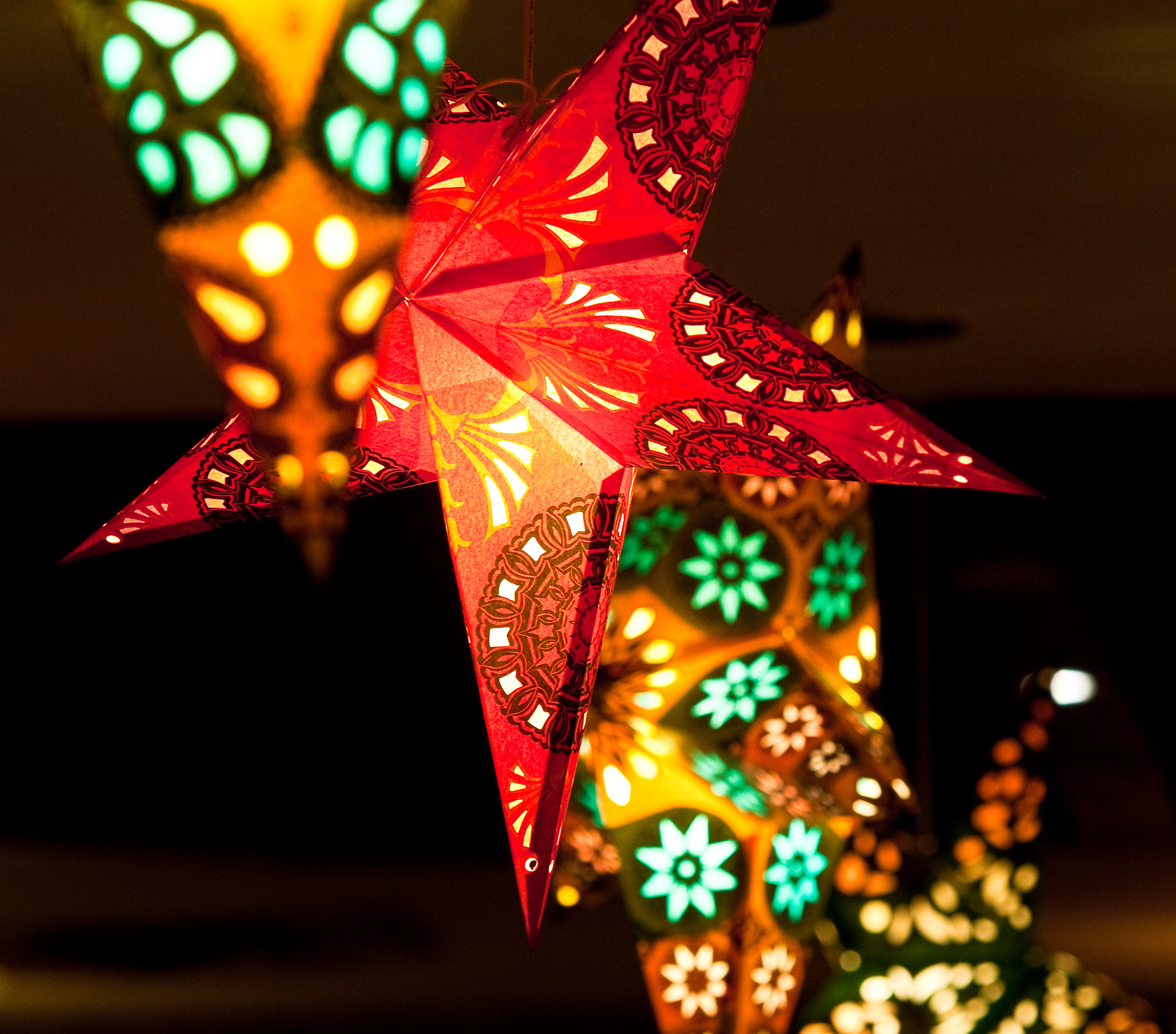
3. A manger scene (Belen)
Putting up a manger scene in a home or parish isn’t uniquely Filipino. Catholics all over the world practice this tradition each year.
St. Francis of Assisi began this beloved tradition in the 13th century and to this day nativity scenes are seen in every Catholic Church around the world at Christmas time.
What makes the Filipino tradition unusual however is its presence in public spaces. One year, the main avenue of Manila’s central business district was covered in images of the manger scene. No one seemed to mind that a religious icon had intruded into a public street.
Another unique feature of the Filipino belen is its use of local details. In some nativity sets, Joseph and Mary are dressed in tropical clothes instead of Palestinian robes, have a carabao instead of a donkey, and are housed in a hut flanked by coconut trees instead of a cave. This localized nativity scene demonstrates how Filipinos have transformed Christianity from a once foreign faith into their own.
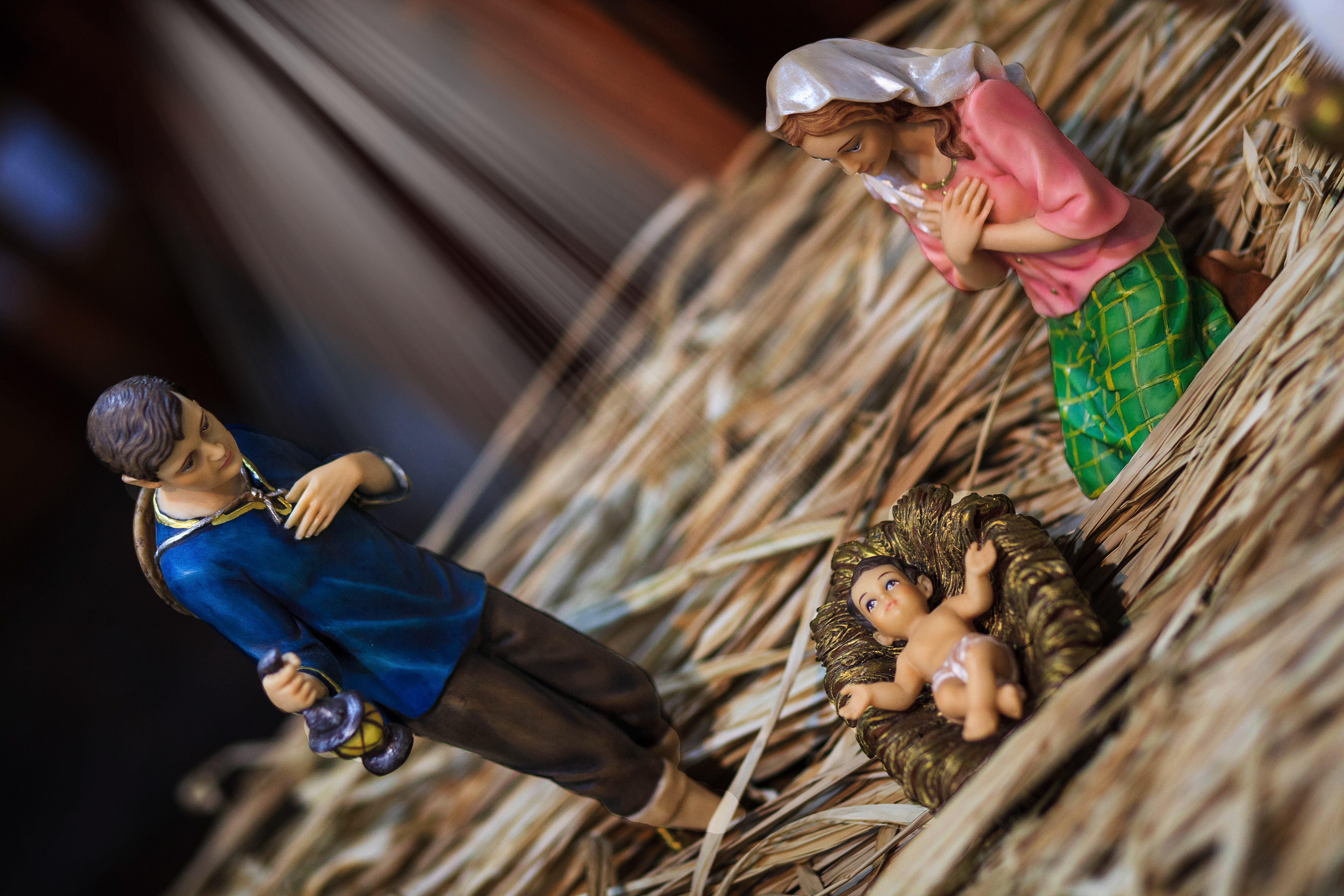
4. Christmas Day meal (Noche Buena)
Just as the first Christmas took place in the embrace of family, Filipinos welcome the first minutes of Christmas Day with their bigger clan. Families gather everyone from great-grandparents to infant nieces and nephews at midnight to share the traditional Christmas meal, known as Noche Buena.
This meal begins late in the evening of Christmas Eve and lasts until the first few hours of the Christmas Day, and usually consists of queso de bola (a ball of edam cheese), sweet Christmas ham, Ensaymada (a light sweet bread dusted with sugar and grated cheese) and hot chocolate.
During the Noche Buena, gifts and cards are exchanged with relatives.
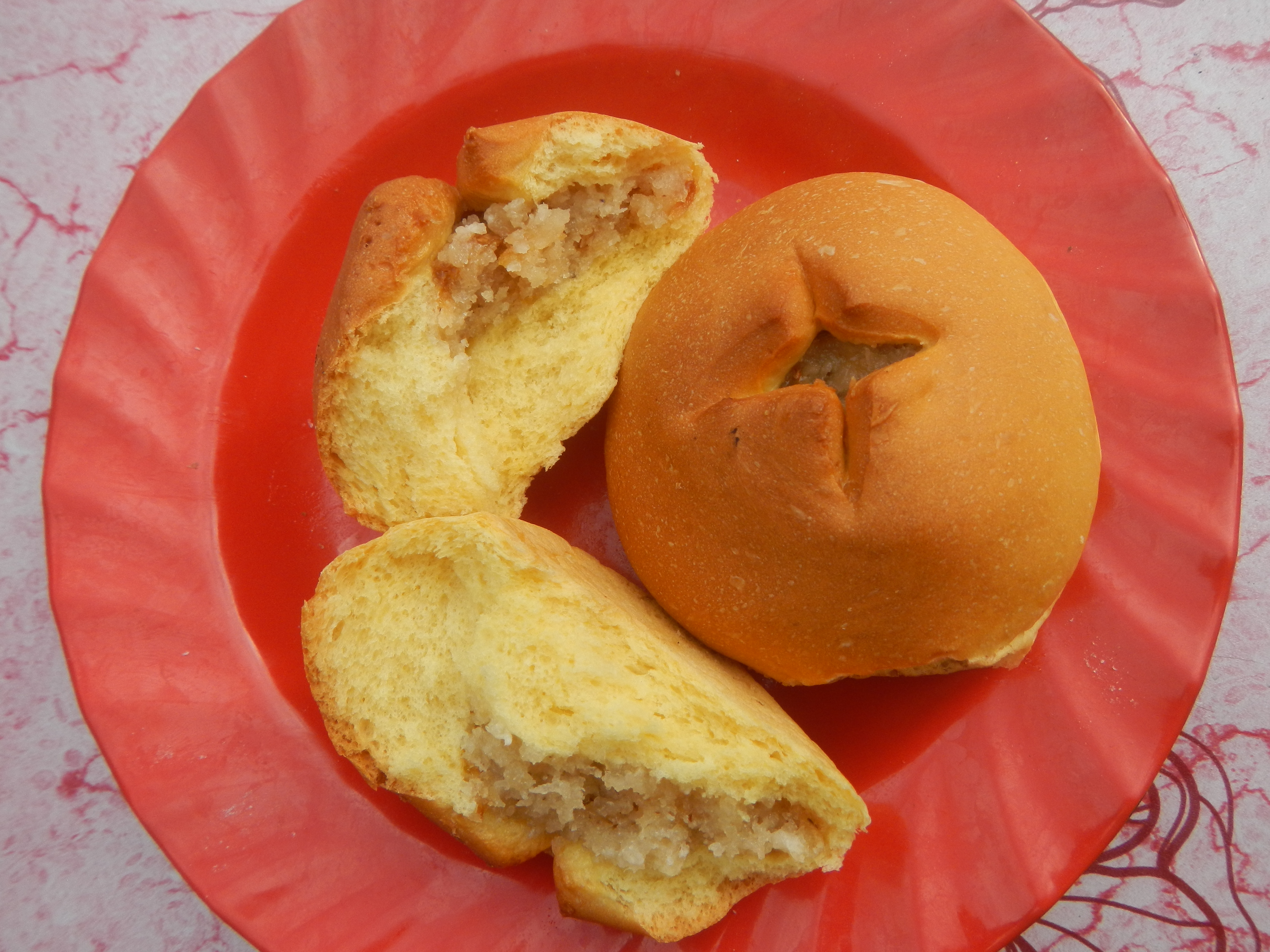
5. Filipino Christmas carols (Awiting pasko)
Pedro Chirino, a Jesuit sent to the Philippines in the 17th century, described Filipino choirs as better than those of Spain. This love for music remains a trademark of Philippine Christmases. Local carols have become as irreplaceable as our dawn Masses and star lanterns.
The most iconic Christmas crooner is Jose Mari Chan. His album “Christmas in Our Hearts” released in 1990, was still the largest selling album in 2010, and is still heard in stores and parties until today.
The most popular song of this collection has an unmistakable Christian focus, as we see in these lyrics:
Whenever I see girls and boys selling lanterns on the street,
I remember the child in the manger as he sleeps,
Whenever I see people giving gifts, exchanging cards,
I believe that Christmas is truly in their hearts.
https://youtu.be/KIqr93iPsXI
Again this song’s popularity is evidence that Christmas and faith are inseparably intertwined in the Filipino imagination.
As the country’s religiosity weakens, reflecting on what these enduring traditions mean can hopefully rekindle an appreciation for the Christian story hidden at the heart of our most festive feast, and maybe even the rest of life.
